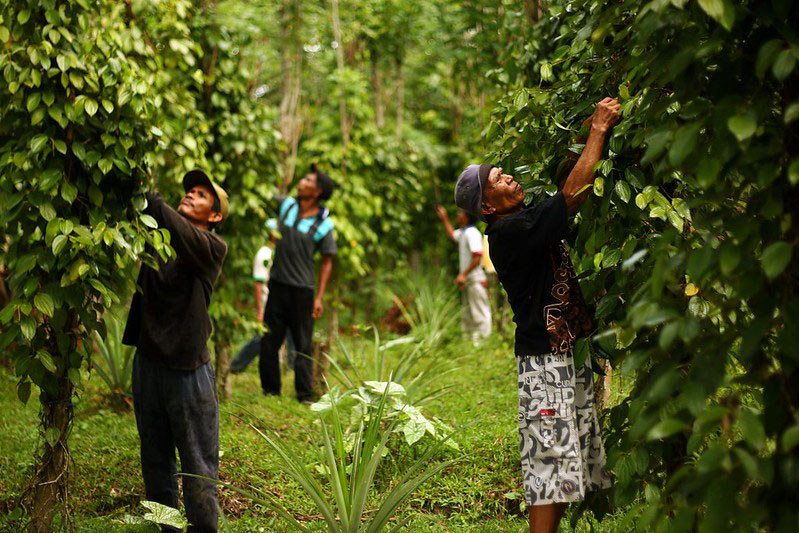BOOK LAUNCH: new agroforestry manual seeks to help transform food systems
- From
-
Published on
14.09.22

The Center for International Forestry Research–World Agroforestry (CIFOR-ICRAF) has published a new manual on agroforestry: Agroforestry: A Primer – Design and management principles for people and the environment.
Farmers around the world have practised agroforestry for millennia because it has proved to be a sustainable way of managing land, growing crops, producing livestock, and ensuring good livelihoods for farm households. Scientists have formally recognized the many values of agroforestry since the 1970s. Now, it is entering ‘mainstream’ discussions on ways to respond to the challenge of climate change, reverse biodiversity loss and ensure food security. Many organizations now recommend it as a tool for restoring landscapes.
But as the manual’s authors emphasize, agroforestry is not a simple techno-fix, or “just a matter of adding trees to farms.” To bring about a sustainable agricultural transition towards biodiverse, inclusive, resilient, and safe food systems, agroforestry promoters need to pay attention to farmers’ incomes, livelihoods, and incentives. “We are seeing a lot of tree planting projects that are emphasizing the planting of the trees rather than managing the trees,” said co-editor Anja Gassner – a senior scientist at ICRAF and science advisor to the Global Landscapes Forum (GLF). “Too often, farmers are regarded as beneficiaries of agroforestry and restoration projects, rather than as partners – and their needs, their aspirations and their capacities are not sufficiently taken into account.”
That’s why this publication was written: not to provide another ‘how-to’ manual prescribing technology packages, but a guide to help farmers’ and their supporters’ build their capacity to implement agroforestry principles in the context of their local conditions – meeting their personal goals and aspirations. It seeks to guide professionals who are supporting farmers implement agroforestry, such as extension workers, planners and managers, researchers, trainers, teachers and students of agroforestry, and professionals working on projects and programs that use agroforestry.
The publication contains contributions from leading agroforestry expert practitioners across the tropics. Philip Dobie, a Senior Fellow at ICRAF and co-editor of the publication said “it has been a pleasure to work with the world’s leading experts and help to produce a publication that uses simple language to convey practical knowledge to farmers and practitioners. The manual covers key components of agroforestry systems; how agroforestry promotes soil health and conservation; principles of agroforestry design; co-design and establishment of agroforestry practices; planting material; and management of trees. It also presents generic characteristics of several widely-used agroforestry practices, including annual crops with trees; livestock with trees; multistrata perennial agroforestry; cacao agroforestry; oil palm agroforestry; and rainforestation farming. Lastly, it offers a series of synthetic case studies to illustrate how farmers, and those who support them, have applied the principles and concepts that have been set out in the manual.
